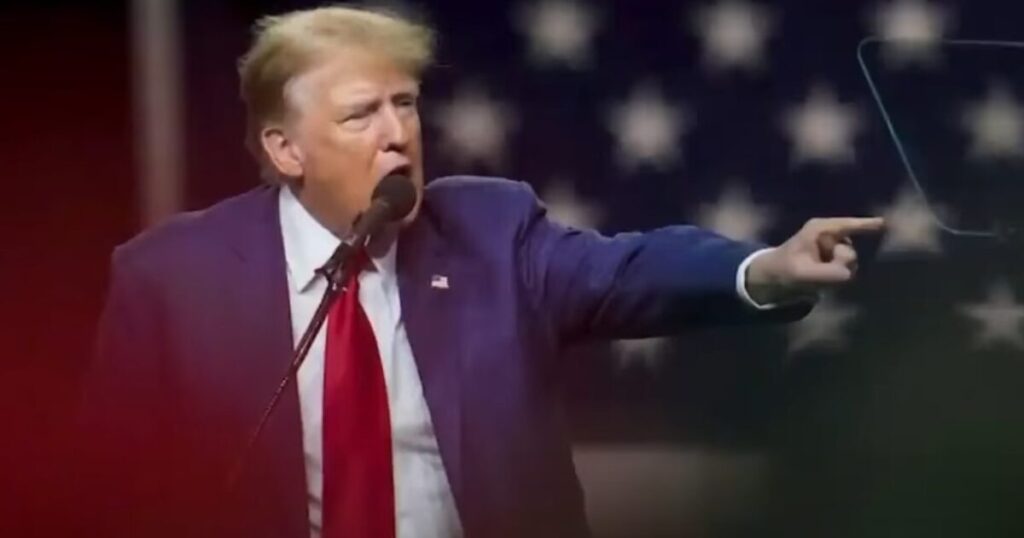The COVID-19 pandemic fundamentally shifted the dynamics of work, especially for government employees, who were afforded the flexibility of remote work. As the years passed, this newfound ability to work from home became a deeply ingrained preference for many, leading to resistance against a return to traditional office settings. However, with a new administration in place, former President Donald Trump took a hardline stance against remote work, insisting that federal employees must return to their offices or face termination. Trump’s viewpoint underscores a fundamental debate about the value of in-person work, the expectations of public service, and the obligations of taxpayers who fund government employee salaries and office spaces.
At a press conference at Mar-a-Lago, Trump emphasized his commitment to ending remote work for federal employees, calling a labor contract from the previous administration that allowed for flexible work arrangements “ridiculous.” He highlighted a specific provision that allowed for workers to be in the office as little as two days a week and criticized it as a “gift to the union.” This type of contract, negotiated by the Biden administration, had locked in the possibility of continued remote work for tens of thousands of federal workers, intensifying the conflict between Trump’s vision and the evolving workplace norms that emerged during the pandemic.
One of the pressing issues Trump raised is the underutilization of government office spaces, which has resulted in significant financial waste borne by taxpayers. With many agencies operating at a mere fraction of their capacity—averaging only 12% occupancy in their headquarters—there is a growing concern about the financial implications of maintaining underused buildings. The Department of Agriculture serves as a telling example; with facilities designed to accommodate over 7,400 employees, the daily average attendance is only 456 workers, amounting to a mere 6% occupancy. Such statistics illustrate a systemic inefficiency and raise questions about fiscal responsibility in managing taxpayer-funded resources.
The financial burden of maintaining these empty government office buildings is staggering. According to estimates, the annual cost of upkeep, including heating and energy, reaches approximately $15 billion—excluding additional expenses on furnishings and equipment. With nearly 8,000 vacant buildings owned by the federal government, the call for action has become increasingly urgent. Public figures like Elon Musk and Vivek Ramaswamy have publicly criticized this waste, suggesting that there is a compelling need for government efficiency initiatives, such as the Department of Government Efficiency (DOGE). Their advocacy highlights a widespread frustration at the perceived inefficacy of current administrative strategies.
As Trump pushes for a crackdown on remote work and threatens the jobs of those who refuse to return to the office, the situation places many federal employees in a precarious position. With the landscape of work having drastically changed over the past few years, a potential mass termination of employees unwilling to comply might occur, stirring debates about worker rights, flexibility, and the future of public sector employment. Ultimately, individuals may soon find themselves facing job loss, with scant avenues for recourse, attributing blame only to the shifting expectations wrought by the tumultuous pandemic landscape.
This situation encapsulates broader themes of adaptability and accountability within the public sector. It raises critical questions about the balance between modern workforce expectations and traditional institutional structures. As discussions surrounding remote work continue to evolve, a greater understanding of the implications—financial, operational, and ethical—will be necessary to navigate the challenges of the contemporary workplace. The interaction between government operations and taxpayer accountability stands at the forefront of this debate, calling for a nuanced compromise that addresses both employee preferences and the public’s financial interests.

